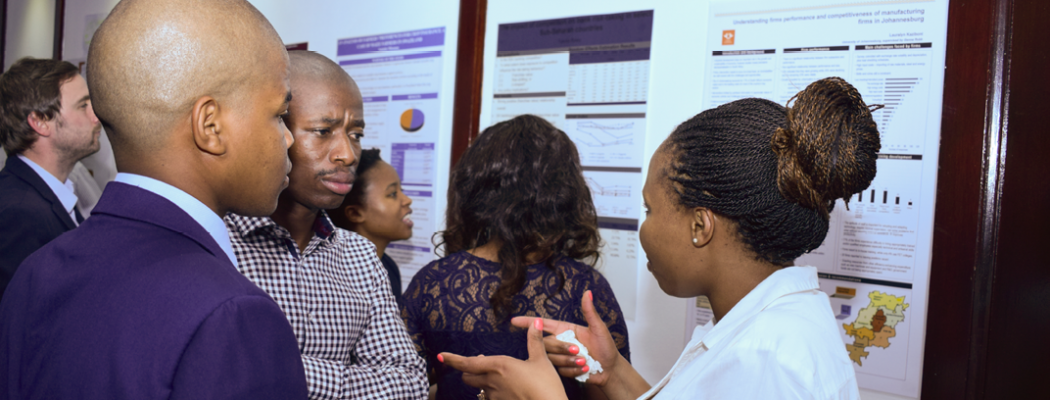Distributional changes in the gender wage gap in post-apartheid South African labour market
Absract
More than two decades after the demise of apartheid, policy makers and researchers are interested in the changes in the South African labour market. This paper takes stock of how the relative position of women has changed and investigates the evolution of the gender wage gap in the post-apartheid period. The Post-Apartheid Labour Market Series dataset (PALMS) 1993-2015 was used for this analysis. Results show that the changes in the gender wage gap are heterogeneous across the wage distribution. There has been a substantial narrowing of the gender wage gap at the bottom of the wage distribution which is attributable to improved female human capital characteristics and minimum wage legislation in low wage industries (agriculture and domestic work). However, the median gender wage gap which is more important than the mean gap due to the high wage inequality in South Africa, is substantial and ranges between 35% and 23% since the end of apartheid. This gap is unexplained by differences in human capital characteristics and it is not declining over time. This implies that wage employed women in South Africa have better human capital characteristics than men and that if men and women had similar labour market characteristics, the gender wage gap would be much wider. Contrary to previous literature, the wage gap at the mean narrowed during the period studied, from about 40% in 1993 to about 16% in 2014. The gap at the 90th percentile declined in the period between 1993 and 2005 but it seems to be expanding in recent years. This is due to a continually expanding unexplained component of the wage gap which is usually associated with discrimination. The high unexplained gap at the 90th percentile implies a “glass ceiling” for women at the top of the wage distribution. A limitation of this study is that the estimation of the gender wage gap focuses on earnings and thus does not prioritise the substantial changes in female labour force participation, employment and unemployment over the post-apartheid period.

